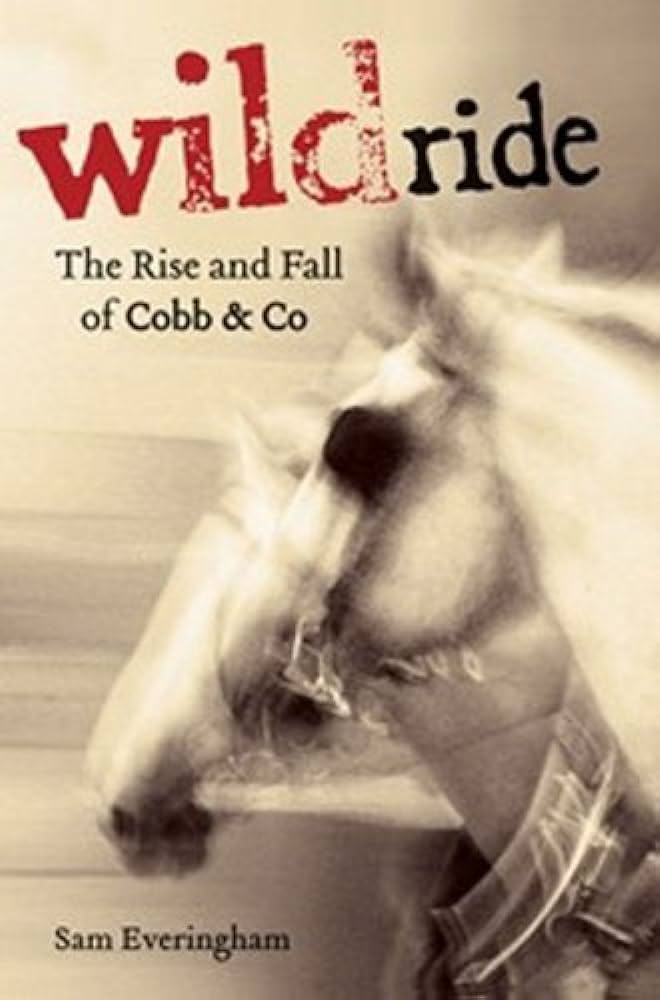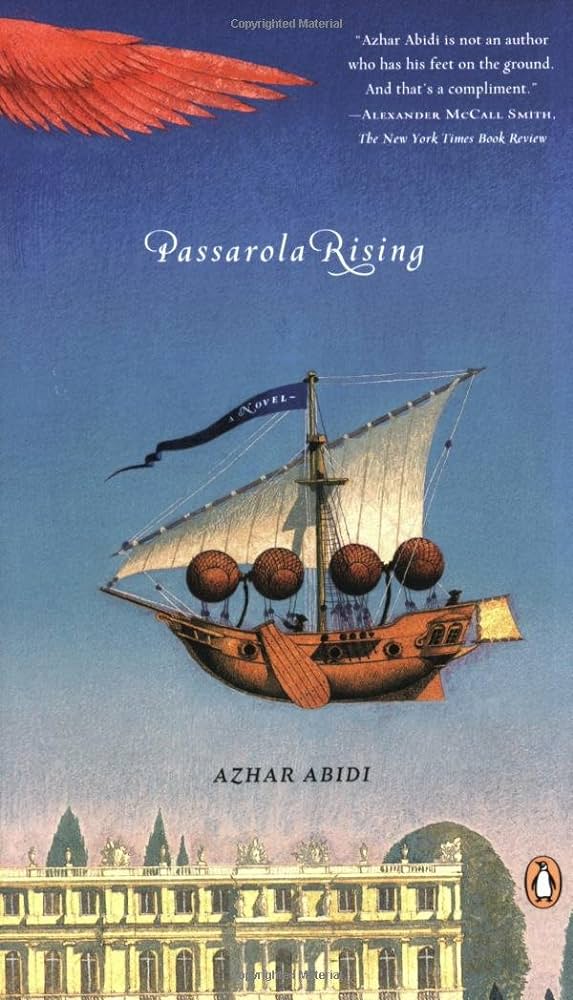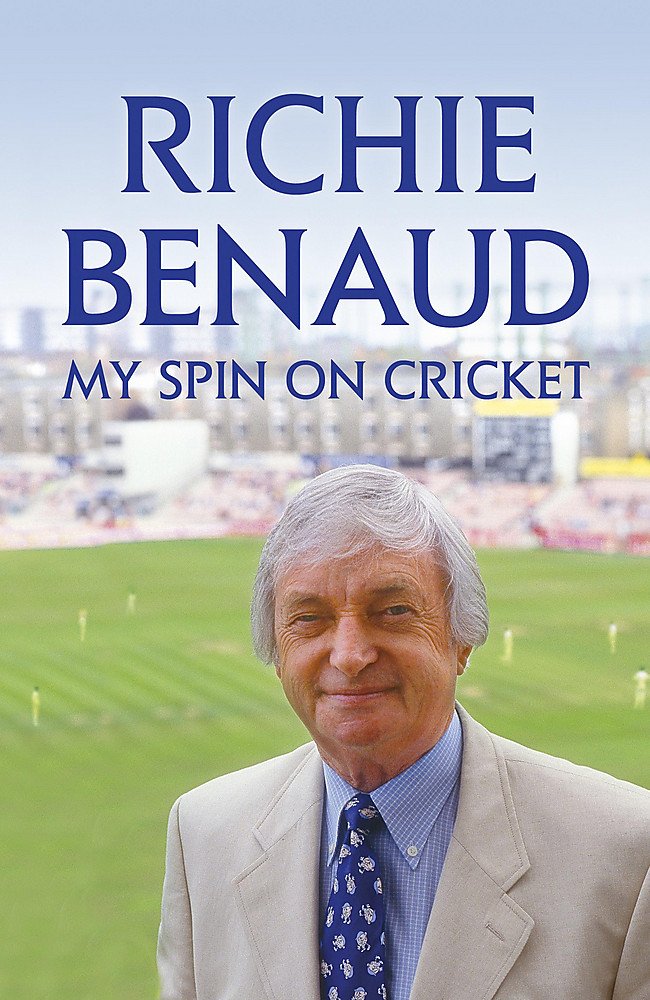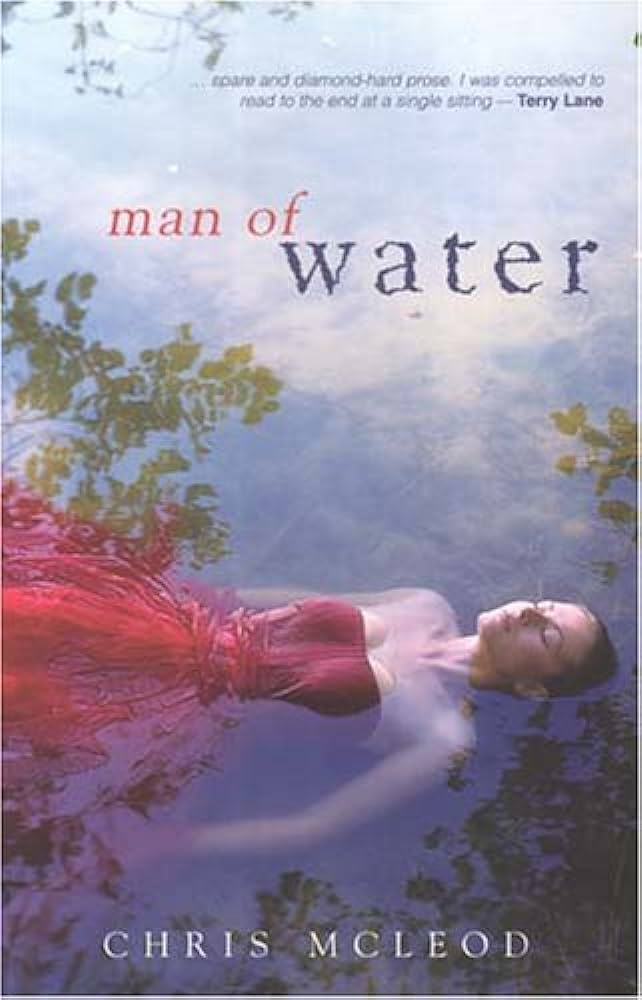Viking
An Exacting Heart: The story of Hephzibah Menuhin by Jacqueline Kent
by Peter Rose •
Nolan on Nolan: Sidney Nolan in his own words edited by Nancy Underhill
by Damian Smith •
Wild Ride: The rise and fall of Cobb & Co. by Sam Everingham
by Steve Gome •
My Spin On Cricket by Richie Benaud & Out Of My Comfort Zone by Steve Waugh
by Brian Matthews •
Man of Water by Chris McLeod & Sunnyside by Joanna Murray-Smith
by Rachel Buchanan •










